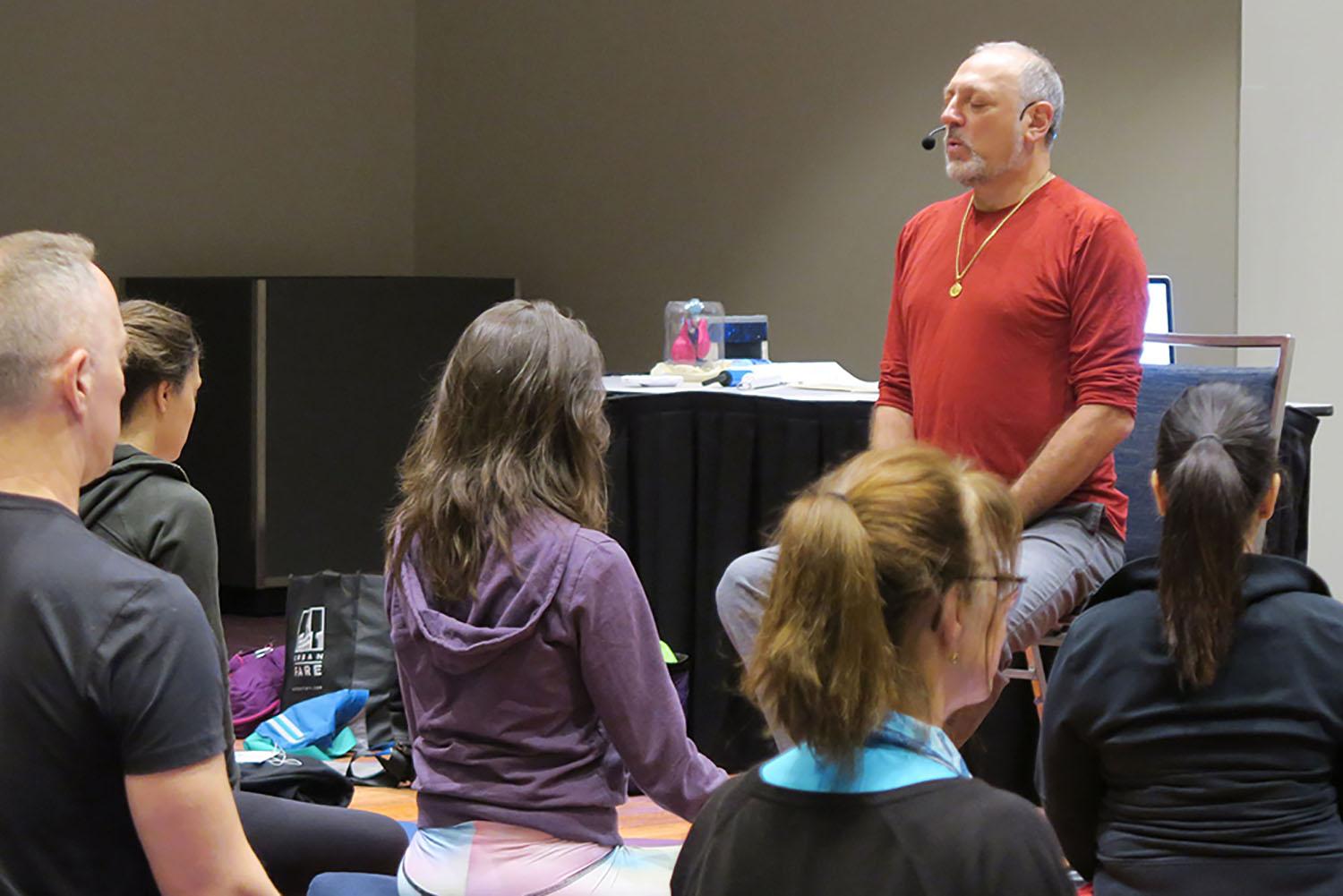

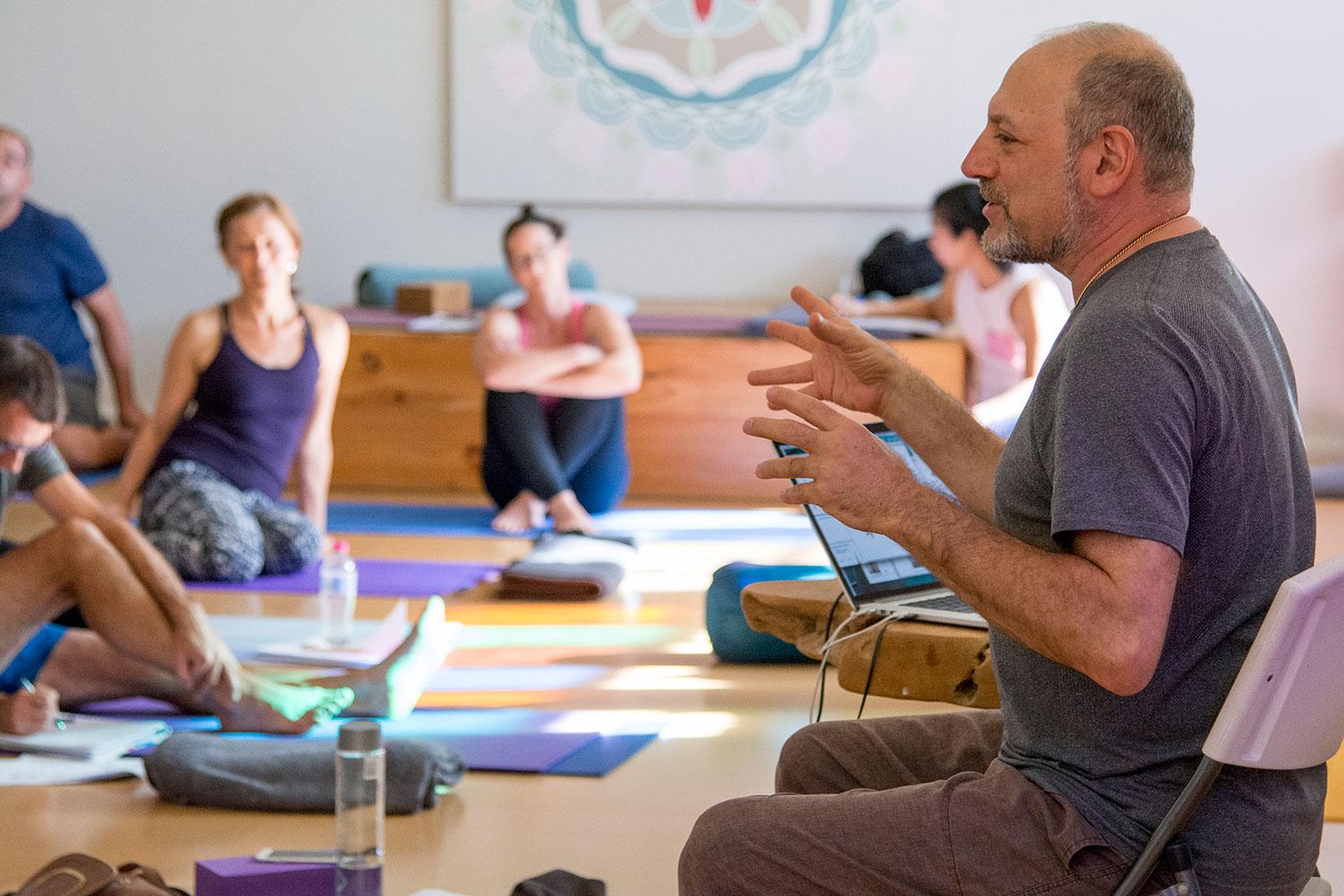
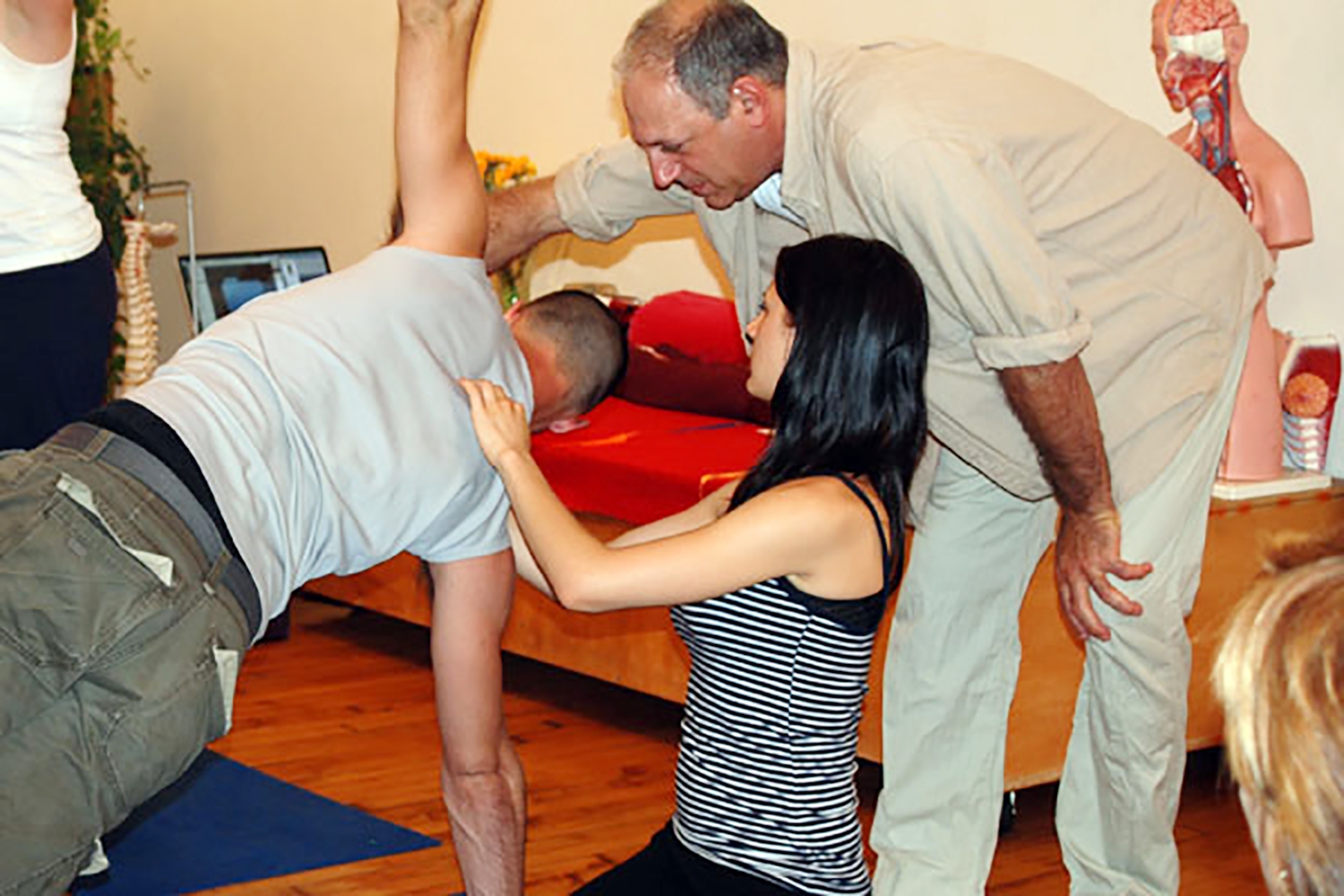

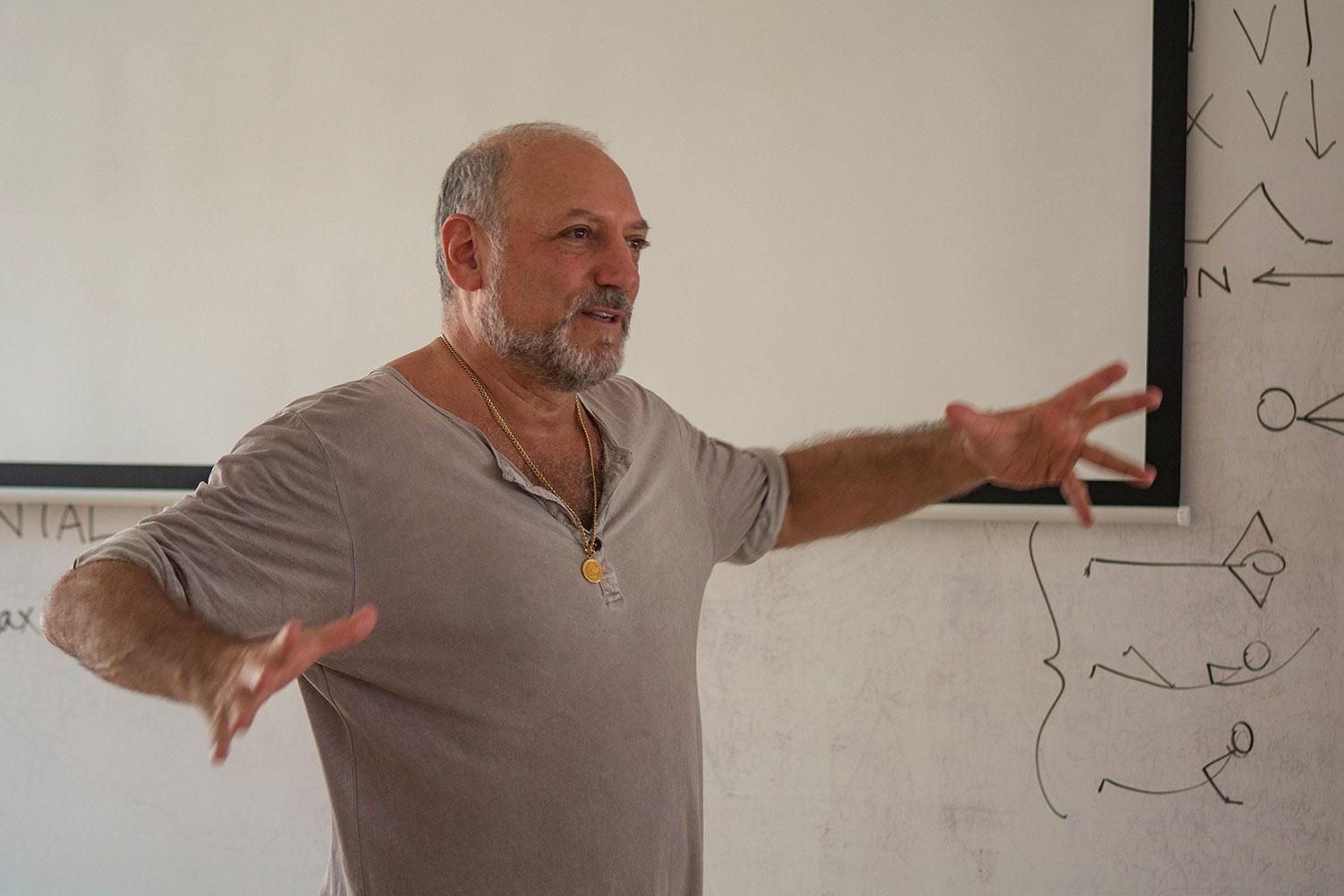
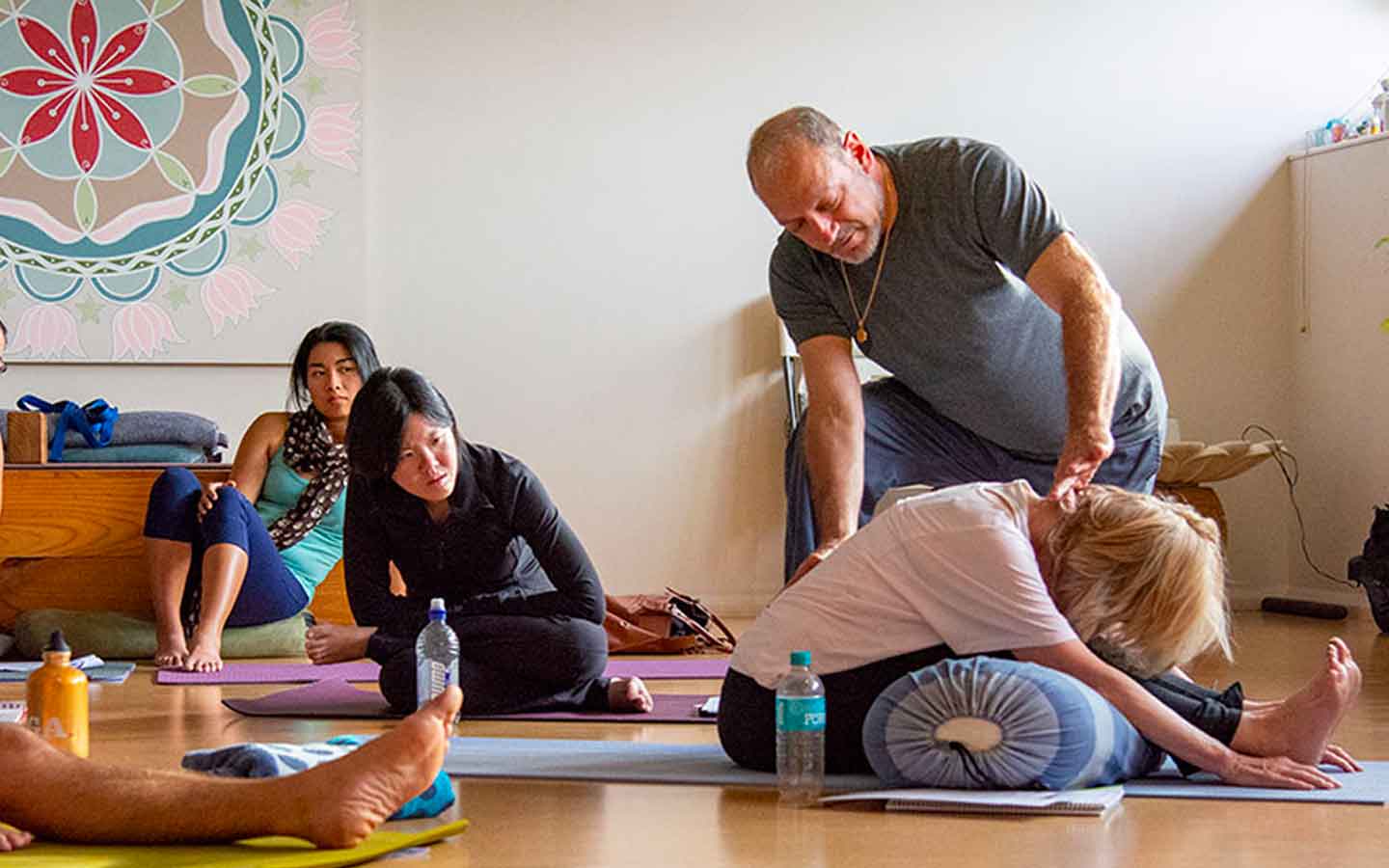
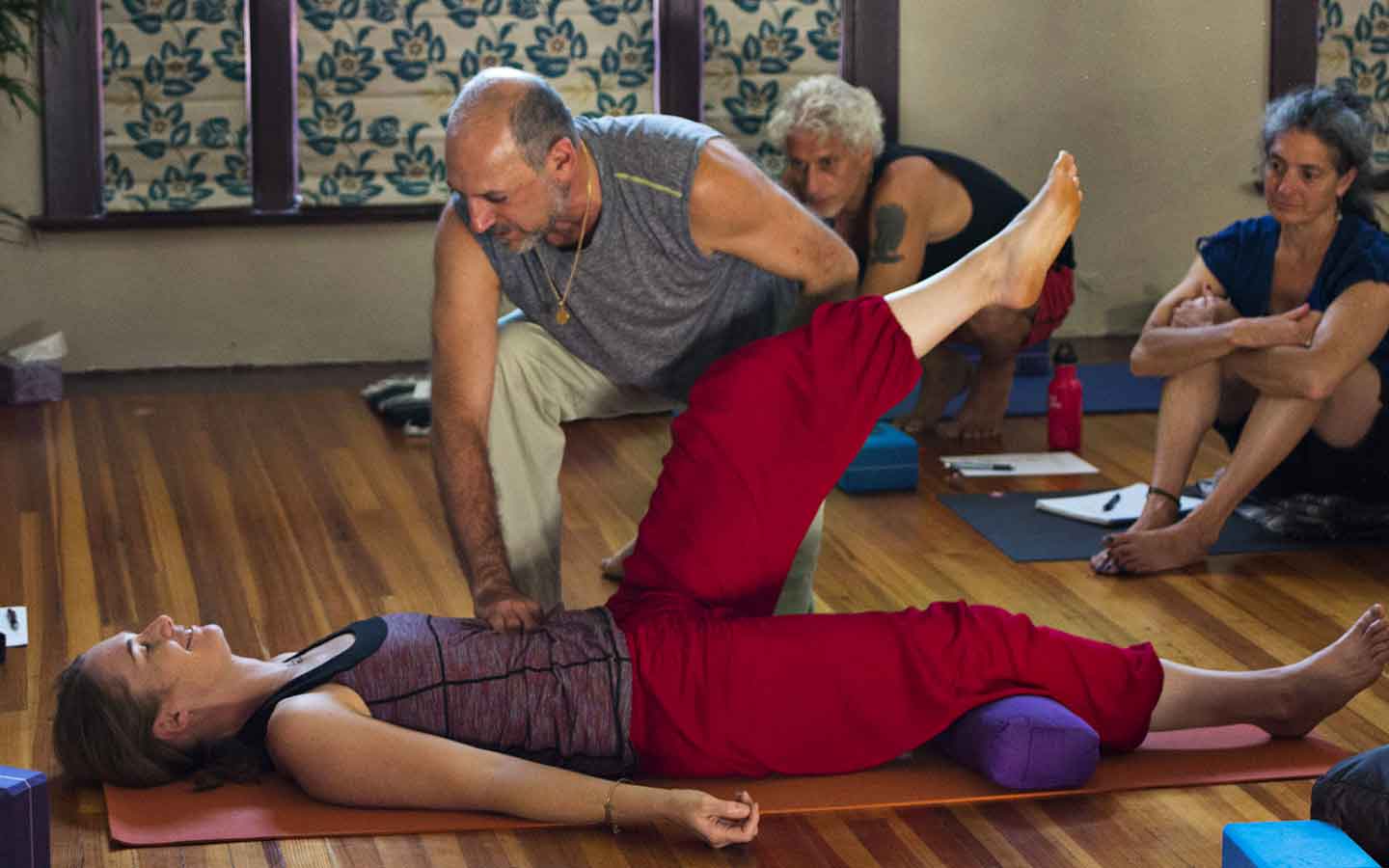
Leslie Kaminoff is a yoga educator inspired by the tradition of T.K.V. Desikachar. He is an internationally recognized specialist with four decades’ experience in the fields of yoga and breath anatomy. He leads workshops for many of the leading yoga associations, schools and training programs in the world.
Leslie’s book Yoga Anatomy, (co-authored with Amy Matthews), sold out its first print run of 19,000 within one month of its June 2007 release, and has been a top-selling yoga book on Amazon ever since. The book went into 12 printings before the newly-revised third edition of Yoga Anatomy was released on October 31, 2011, now with well over half a million copies in print and translations into 23 languages.
Leslie also helped to organize international yoga conferences while serving as Vice-President of Unity in Yoga, and was part of the ad-hoc committee that established national standards for yoga teacher training. Prior to the formation of The Yoga Alliance, Leslie was a strong voice in the ensuing national debate regarding the application of those certification standards. This dialogue resulted in the creation of e-Sutra, an influential e-mail list and blog that has an active worldwide membership.
Leslie is the founder of The Breathing Project, a New York City based non-profit educational corporation which ran highly respected year-long courses in yoga anatomy from 2003 to 2017.
Leslie Kaminoff founded The Breathing Project in 2001 as a non-profit dedicated to the sharing of educational, community-based programming related to yoga, anatomy and health enrichment. From 2003 until mid-2017 the main vehicle for this mission was the physical studio we ran in New York City. The Breathing Project continues its mission of community service by producing and co-sponsoring workshops, immersions, symposia and publications featuring thought leaders from the fields of yoga, anatomy, somatics and other allied fields.
The courses Leslie taught at The Breathing Project in New York City have been available online to a worldwide audience at yogaanatomy.net since 2011, with thousands of students worldwide participating in this growing online community.
SELECTED WRITING:
- I’m Not a Yoga Therapist Anymore originally published in the 2008 (Volume 18) issue of The International Journal of Yoga Therapy. Updated February 2016 on e-Sutra.
- Yoga Anatomy, Second Edition Released October, 2011 by Human Kinetics, co-authored with Amy Matthews
- 2006, Volume 16 of the International Journal of Yoga Therapy: What Yoga Therapists Should Know About the Anatomy of Breathing. This article was based on the “Yoga and the Breath” chapter of my book Yoga Anatomy. It contains the most complete treatment to date of the details and principles behind my approach to breath anatomy. click here to download PDF (2.5 MB).
- e-Sutra, January 2005, The Case for the 3-D Diaphragm This is a rough draft of some material I’ve been working on for the past couple of months. It is written in a somewhat technical style that presupposes a certain level of anatomical knowledge in the reader. It can be viewed as a follow-up to the discussion of Breath Flow archived on e-Sutra.
- e-Sutra, April 1999, Leslie Kaminoff Interviews T.K.V. Desikachar in Madras, October, 1992 This is an amazing interview in which Desikachar and I talk about a wide range of subjects, including the relationshop between Yoga and Hinduism, the view of ego in Yoga, the difficulty in preserving tradition, Patanjali’s view on the inevitability of suffering, and the future of Yoga in America.
- e-Sutra, April 1999, National Yoga Certification Debate This is the first, longest, and most important e-Sutra thread. It’s the whole reason I started the list. What we do or don’t do about this process will affect the teaching of yoga in America for the next several generations….and the clock is ticking.
- e-Sutra, November 2001, Breath Flow in Yoga Practice This is an excellent thread that contains lots of valuable technical information about breathing styles in various traditions of Yoga practice. It was initiated by a query from Mukunda Stiles. The dialogue turned into a challenging re-evaluation of some of breathing’s “sacred cows.”
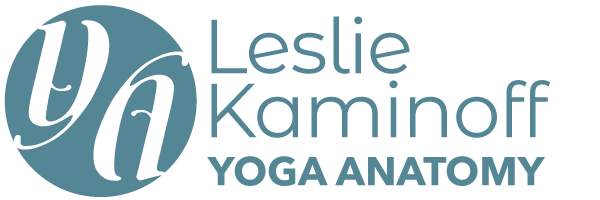
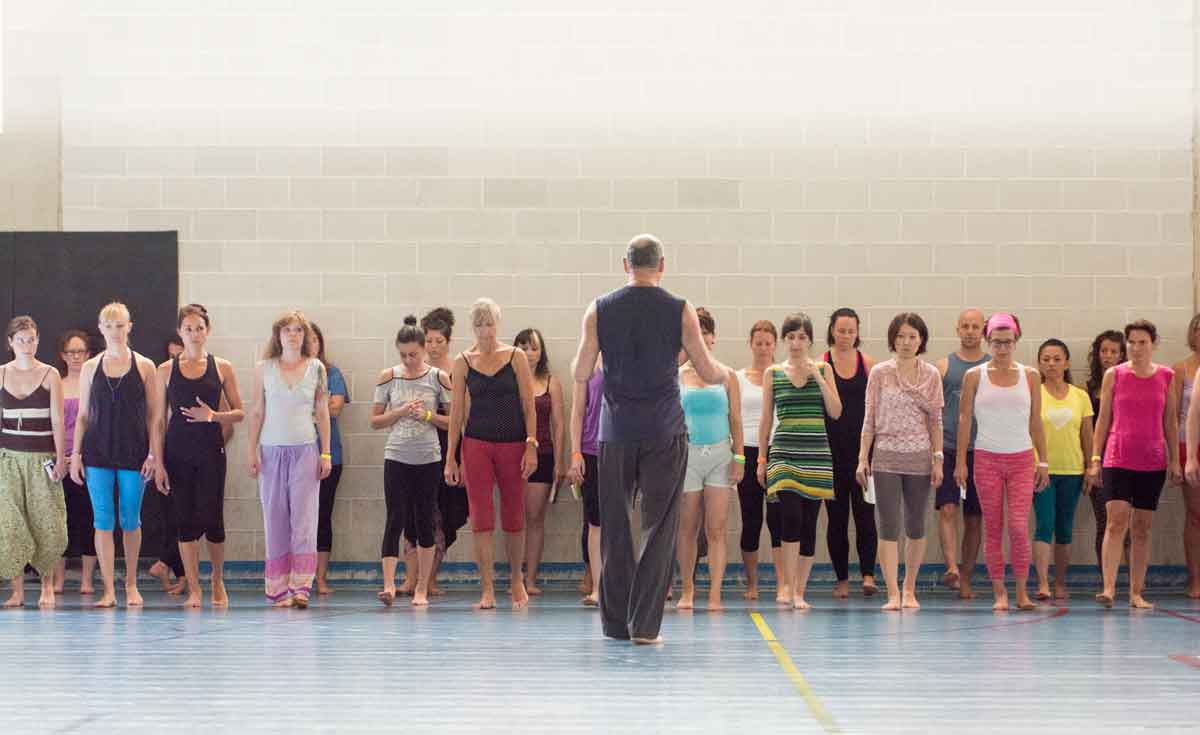 Created specifically for one-on-one yoga and movement education. There's no risk since the first month is free, and you can cancel at any time!
Created specifically for one-on-one yoga and movement education. There's no risk since the first month is free, and you can cancel at any time!